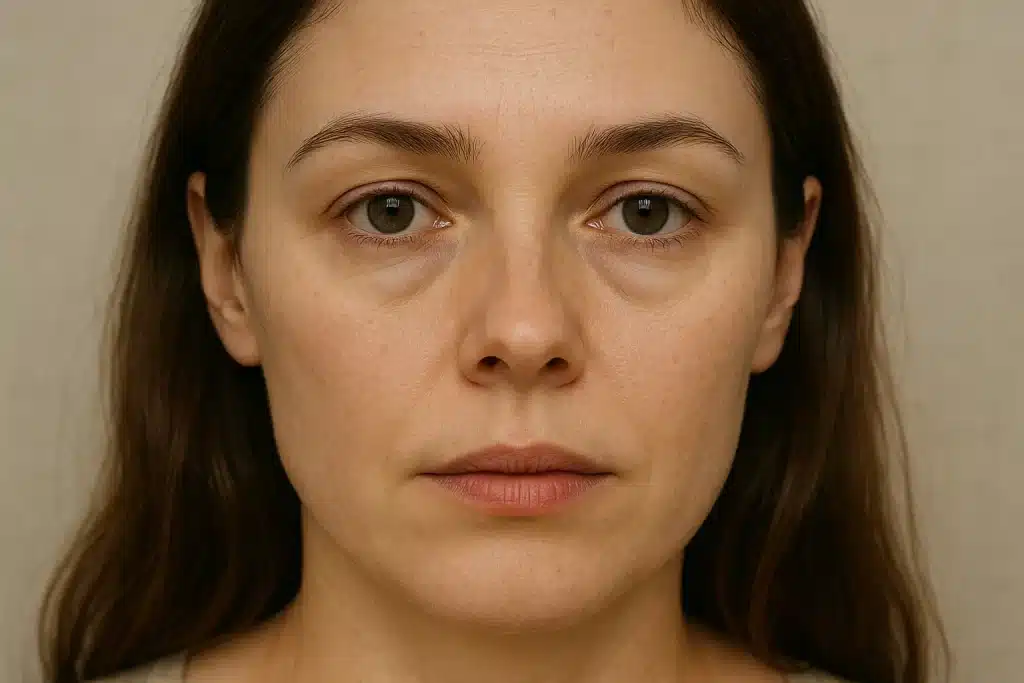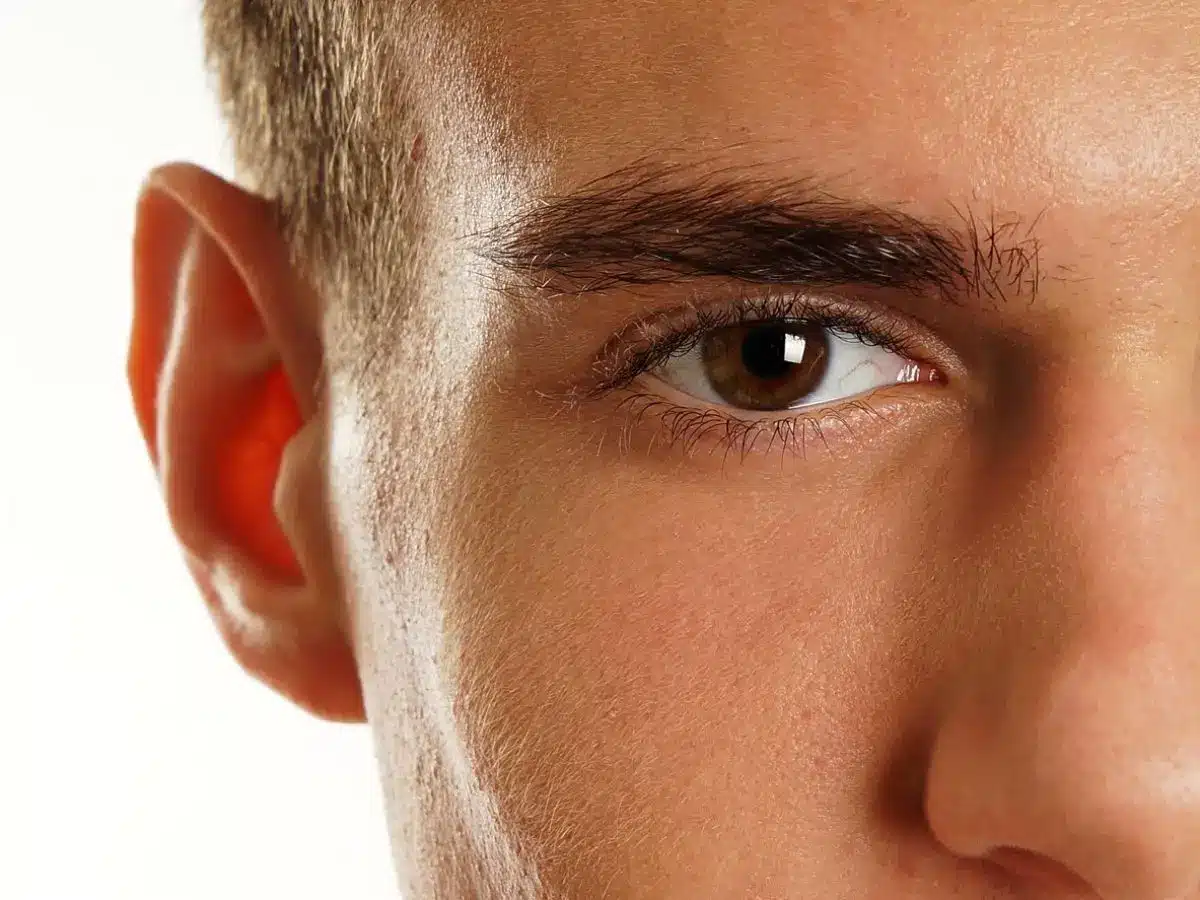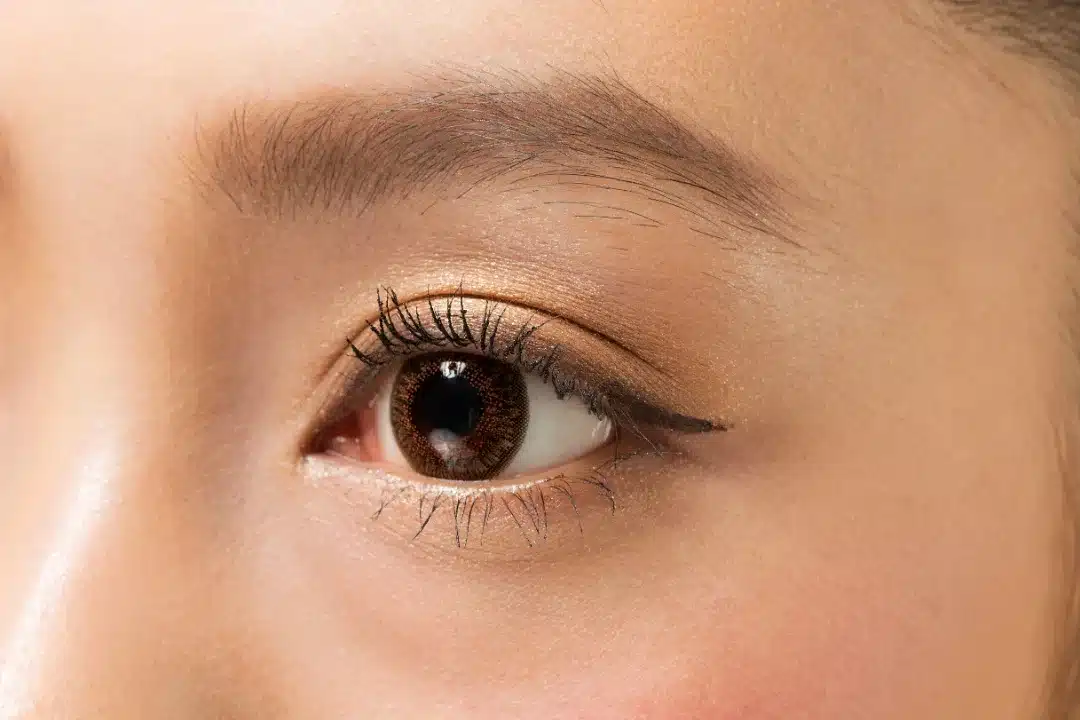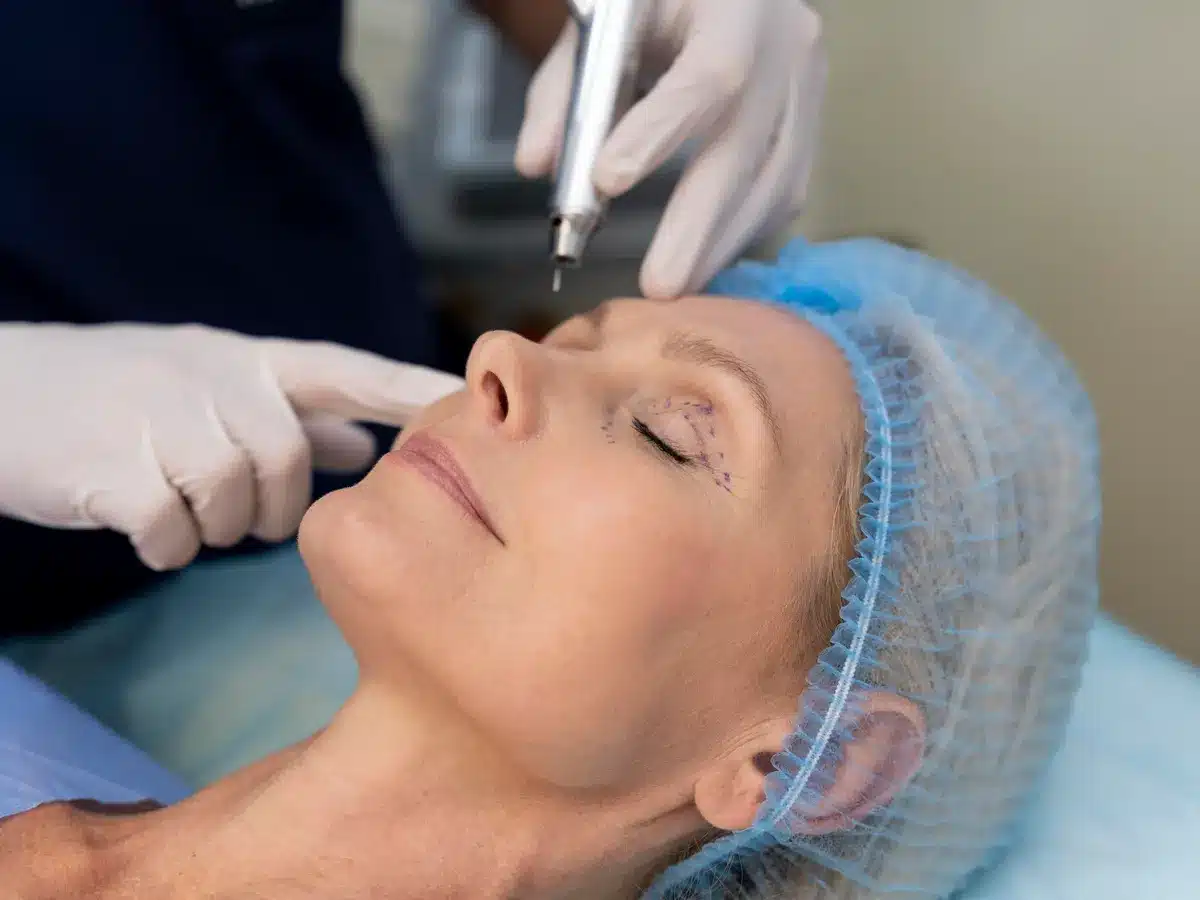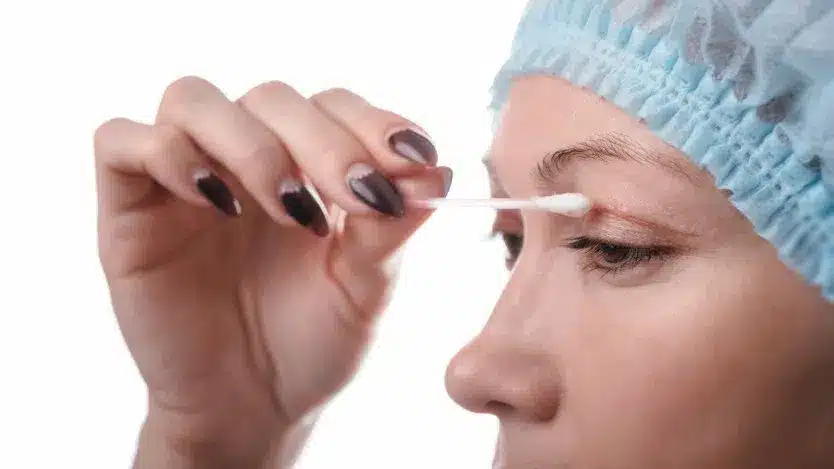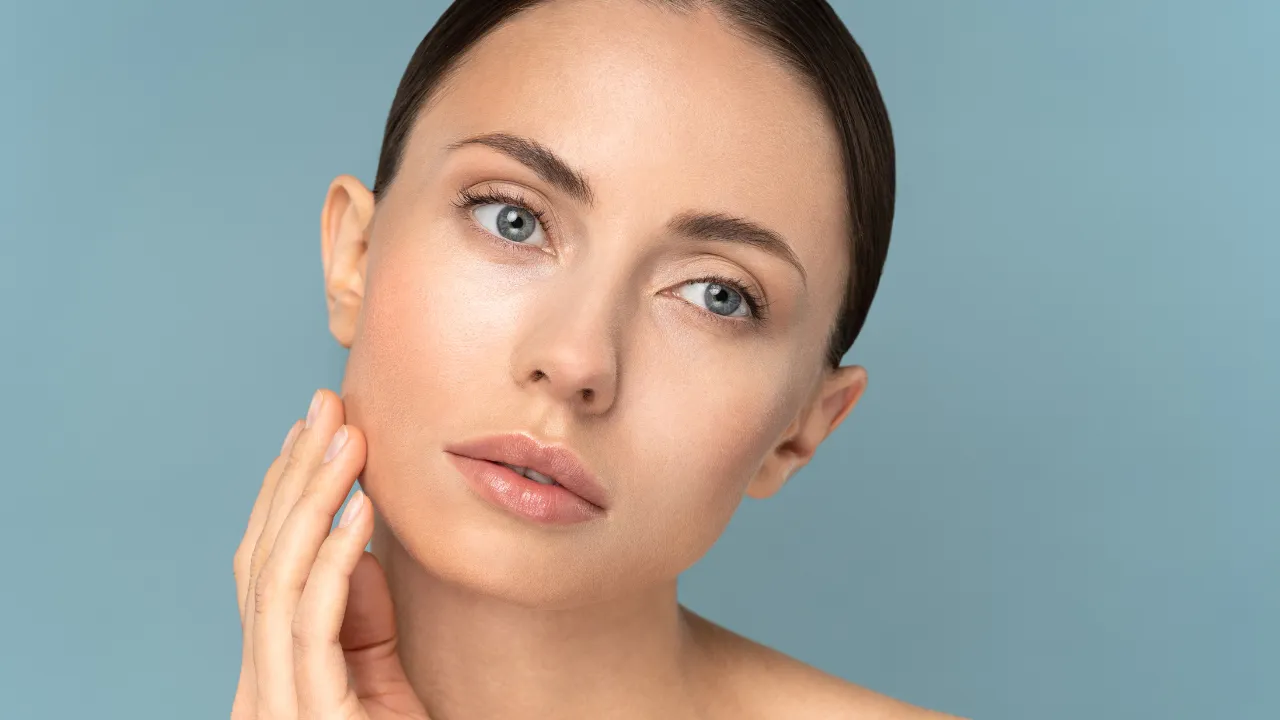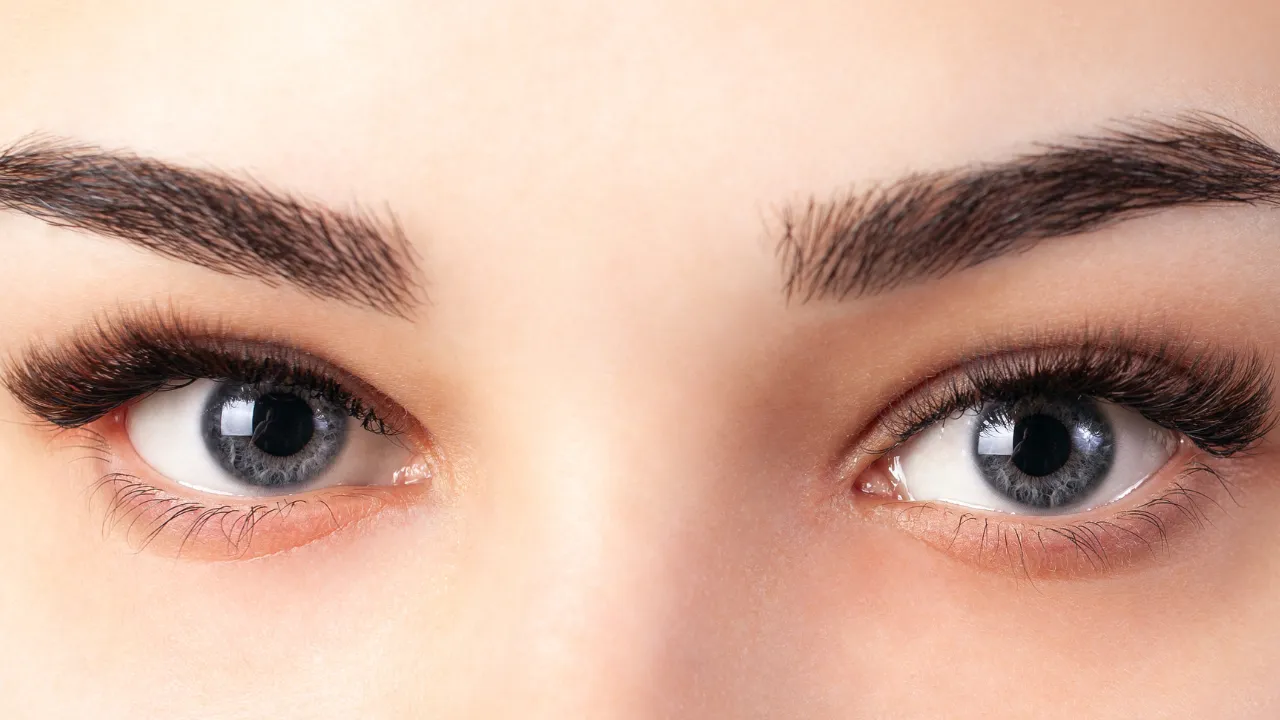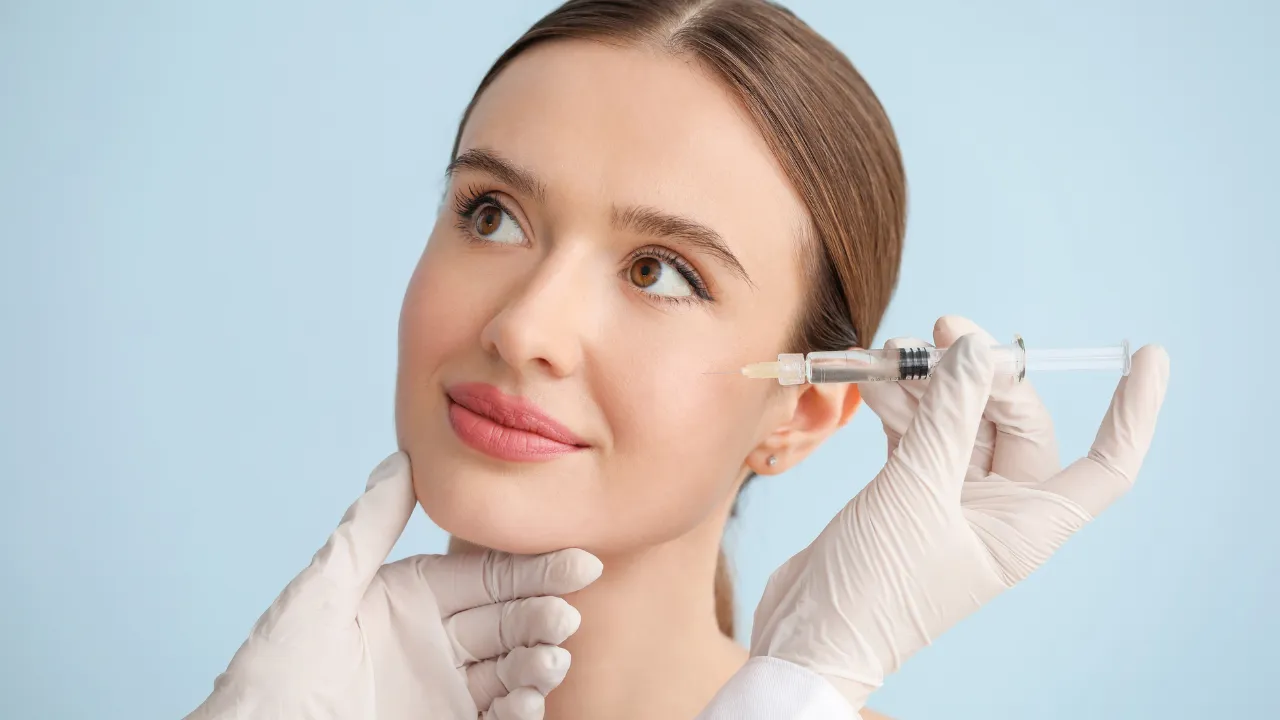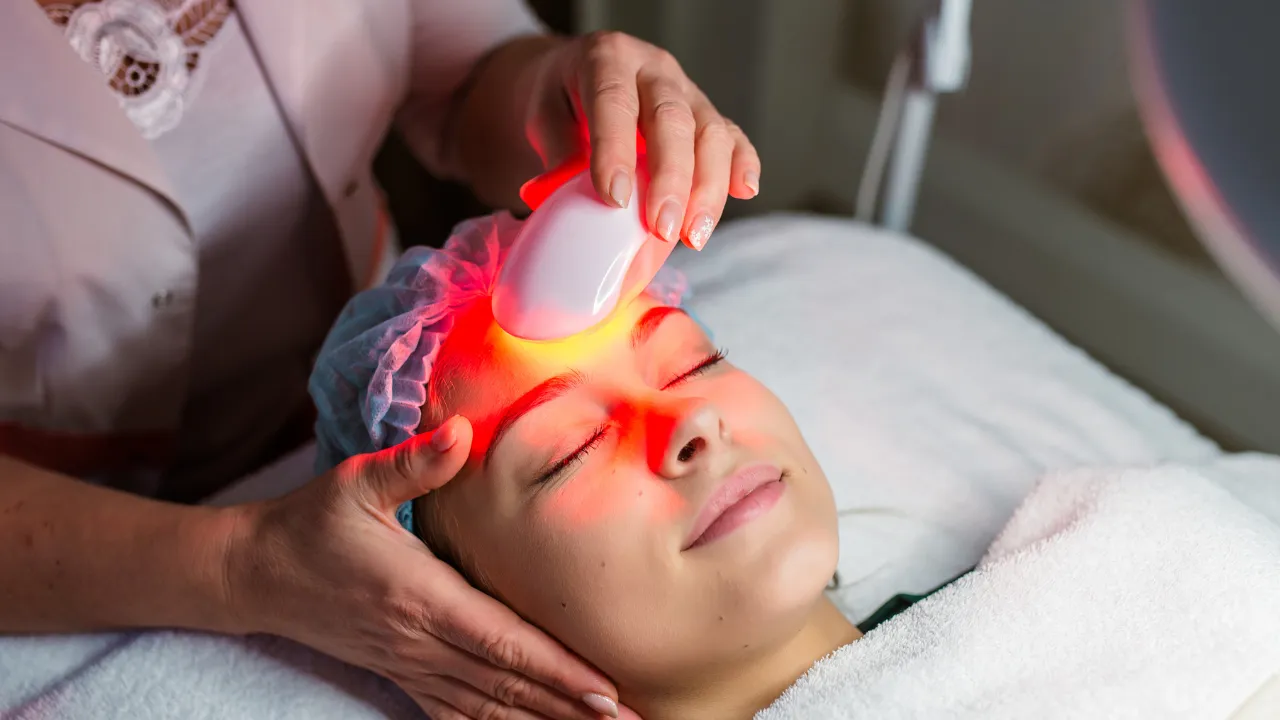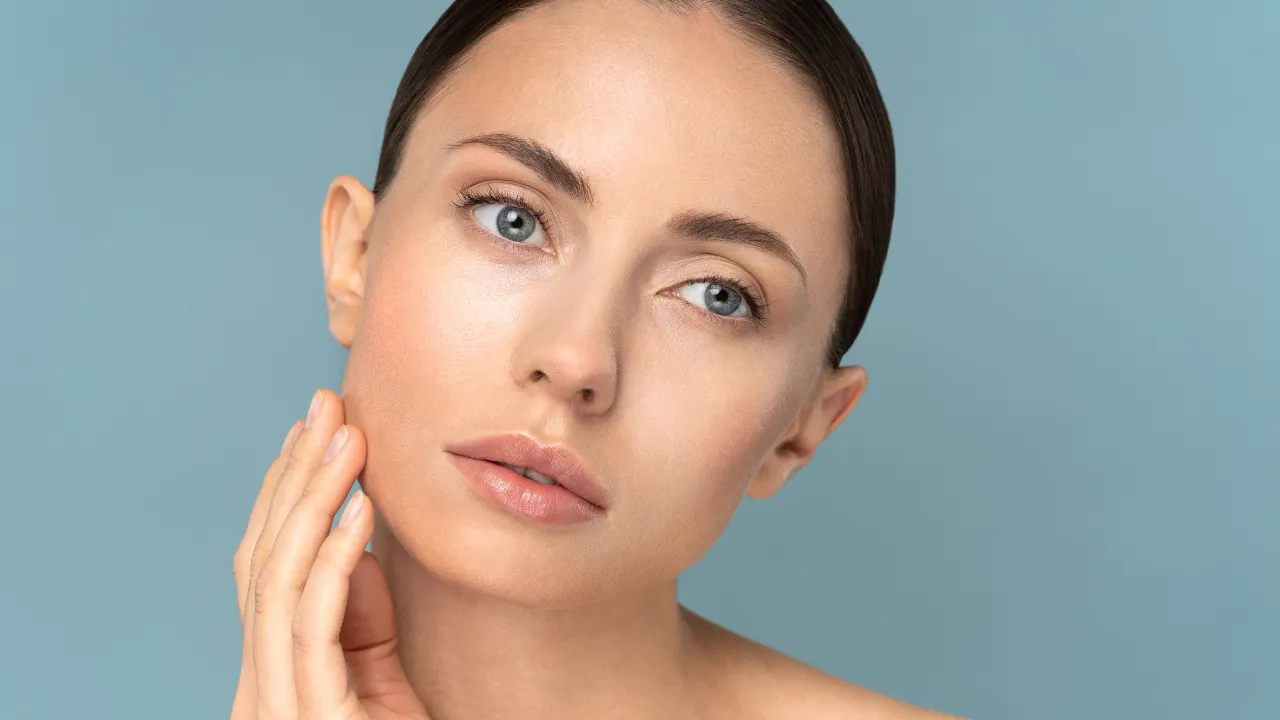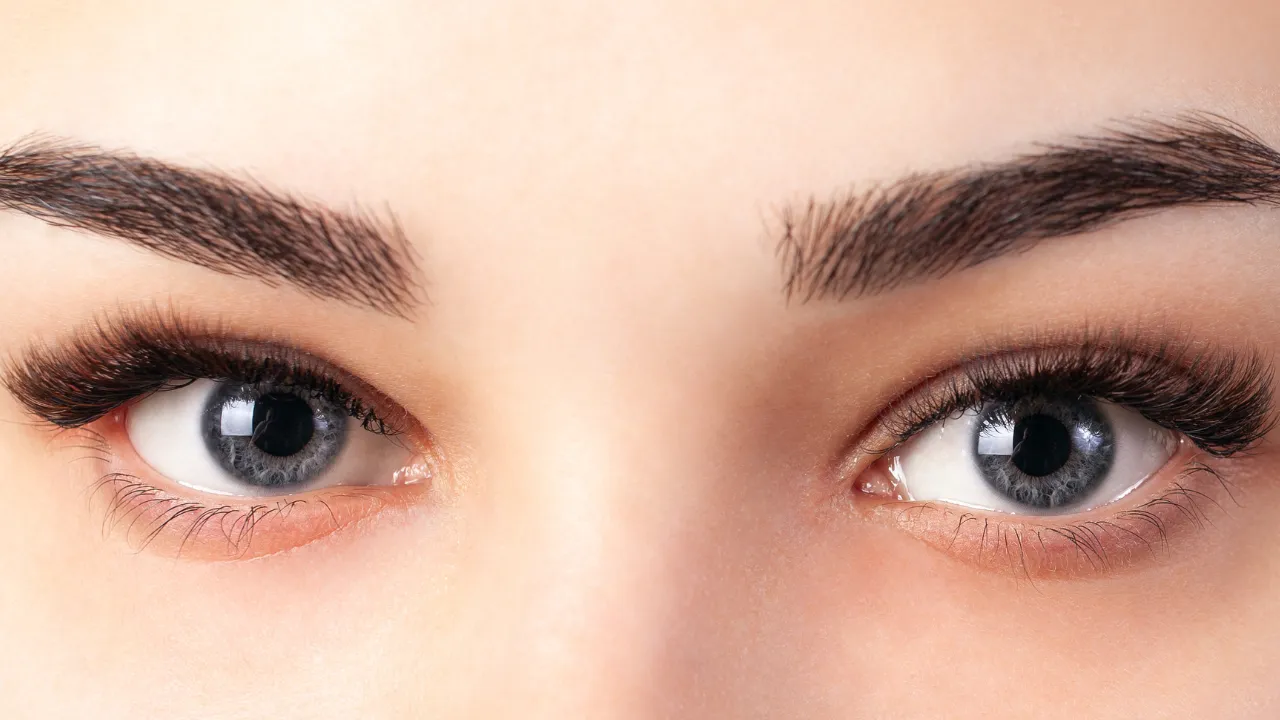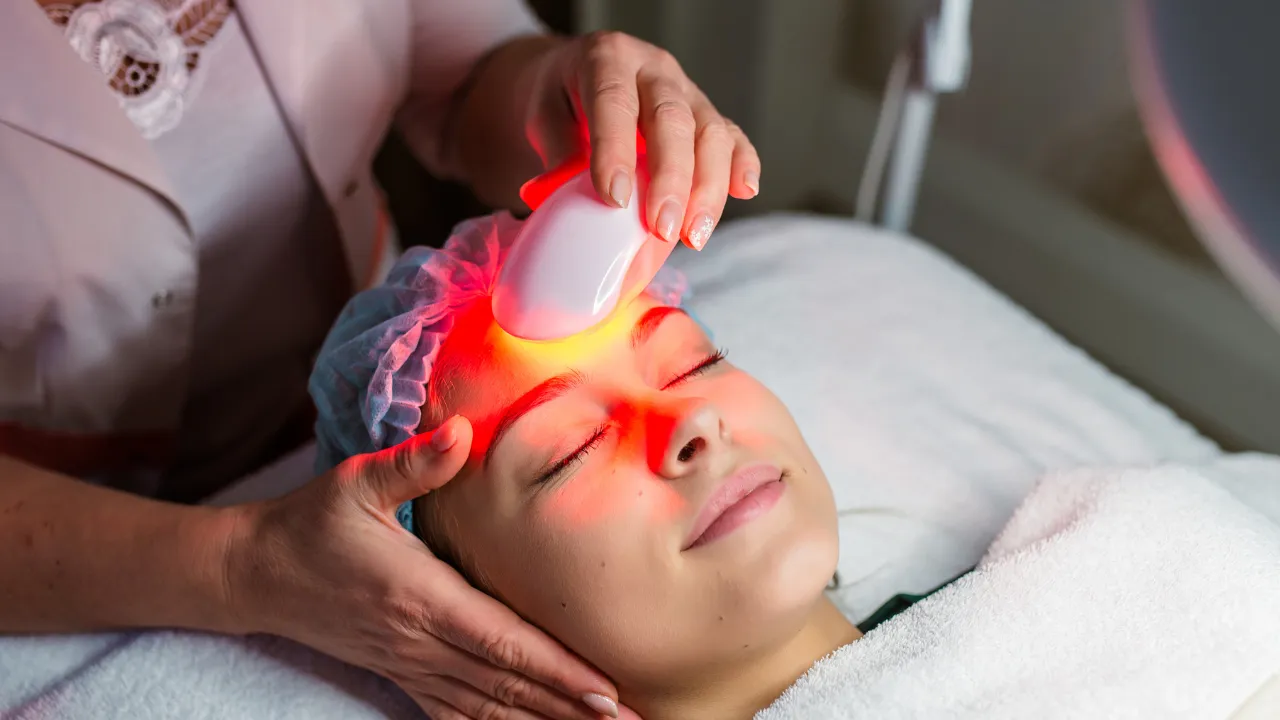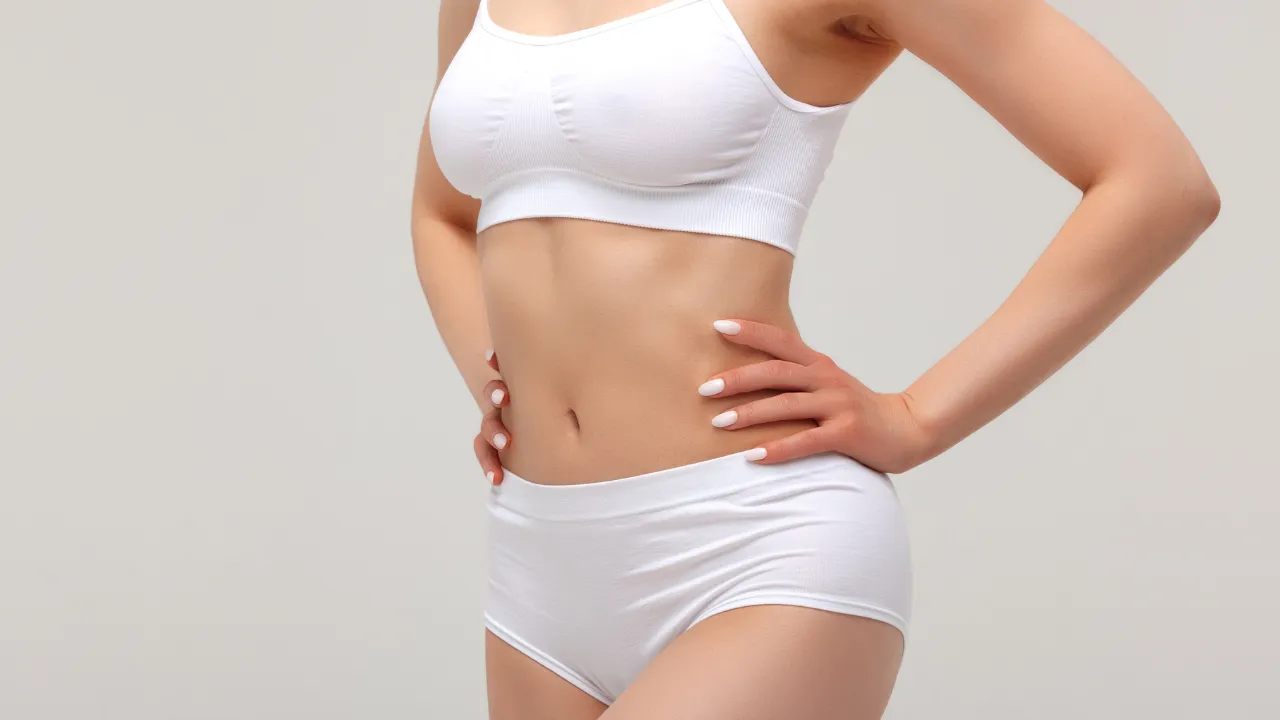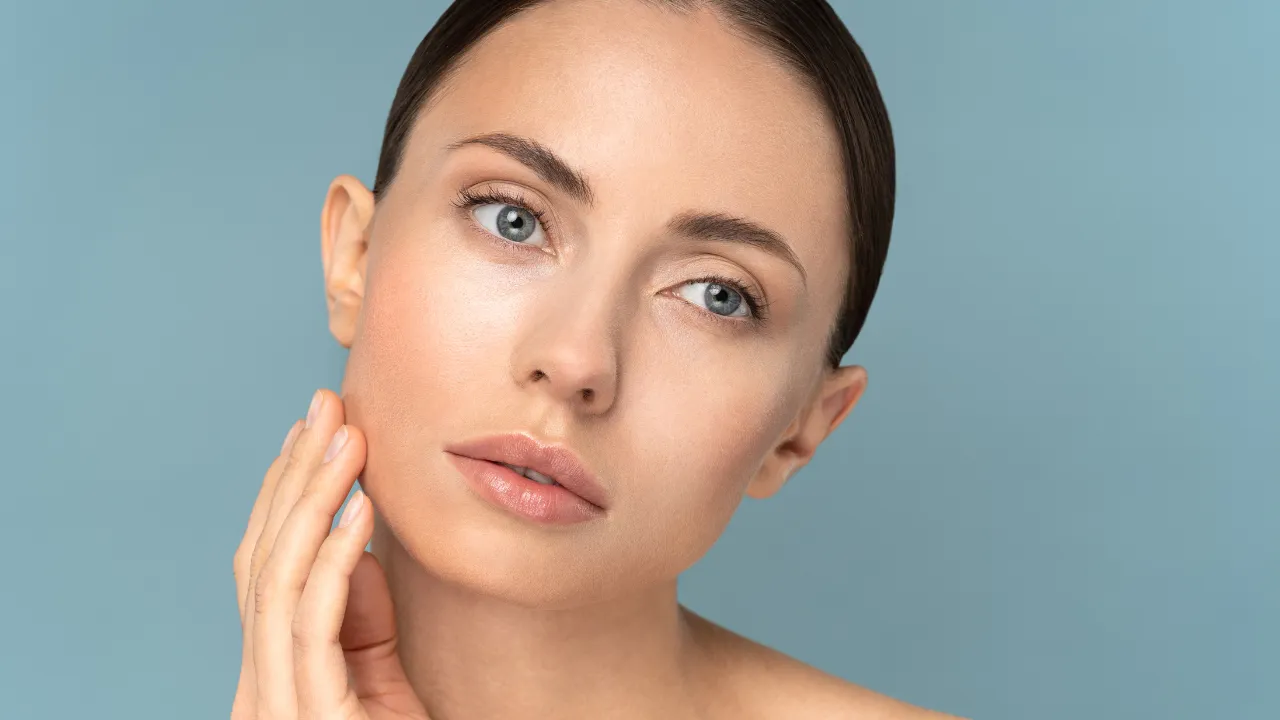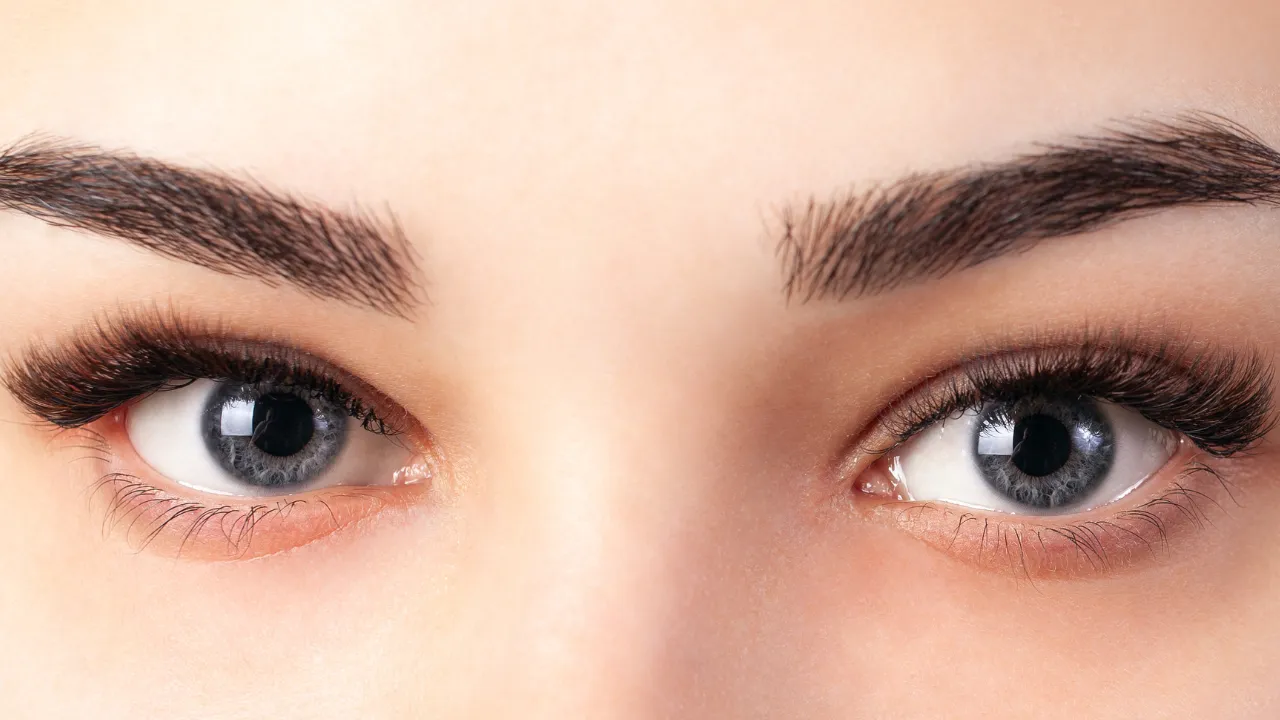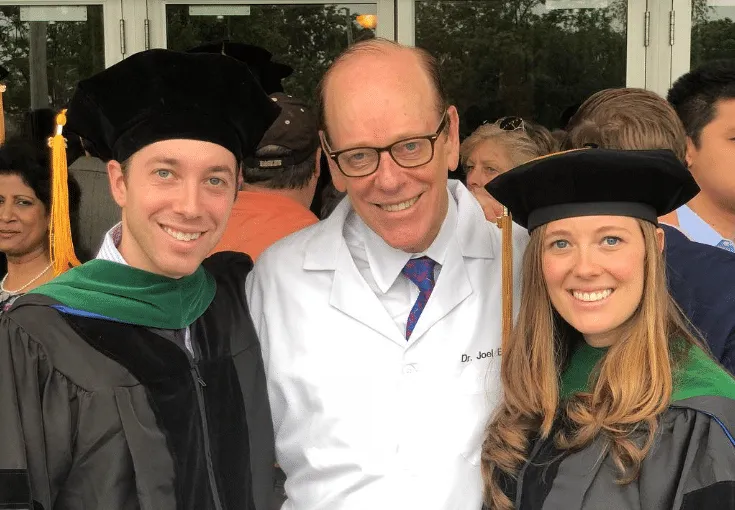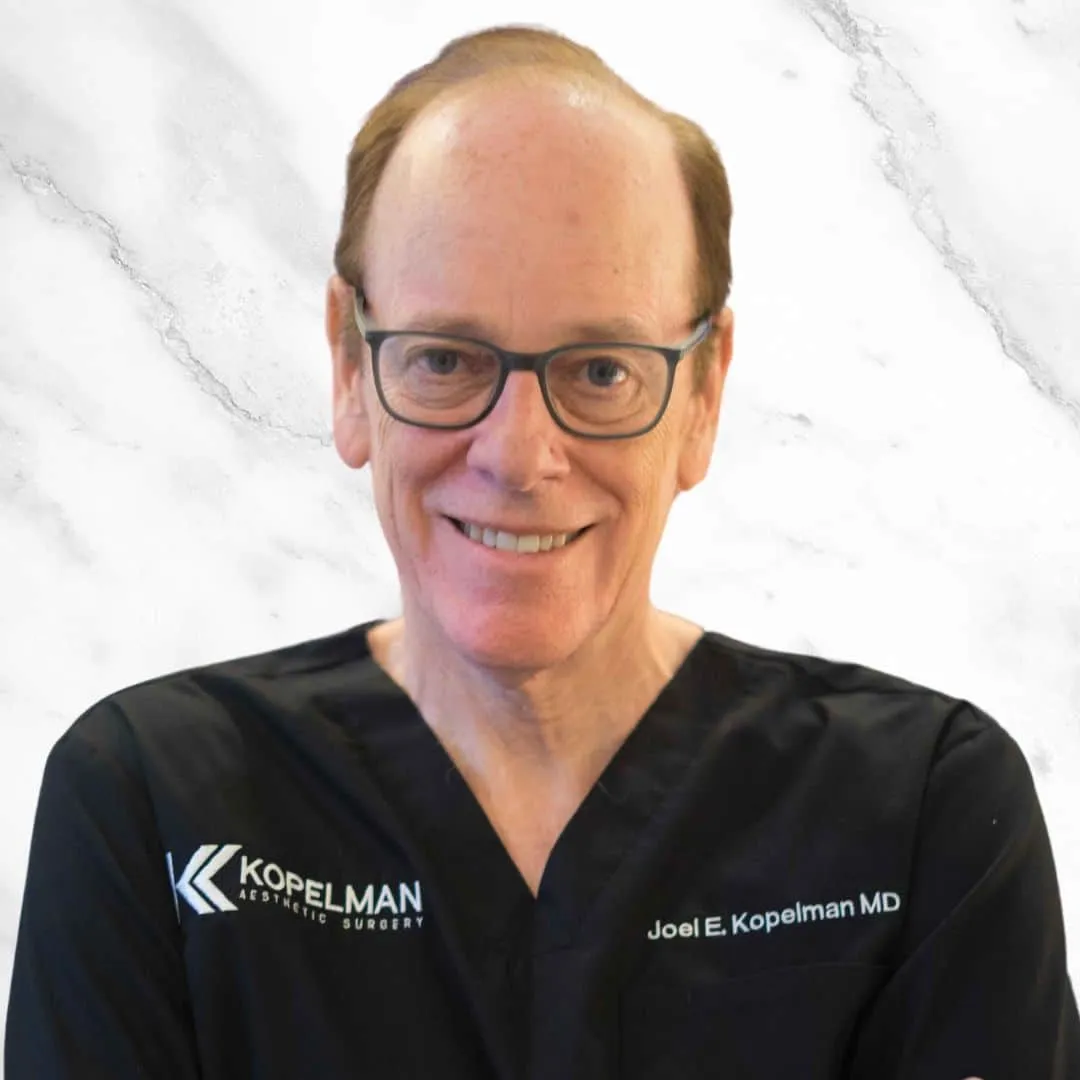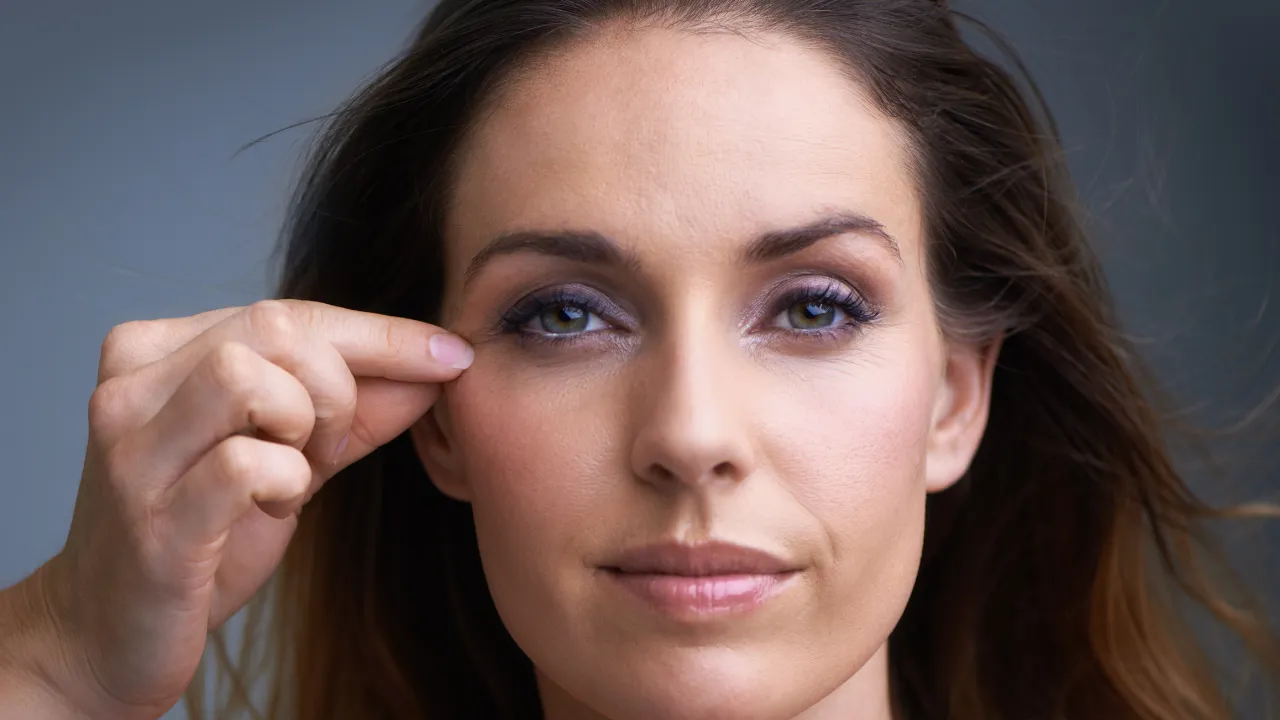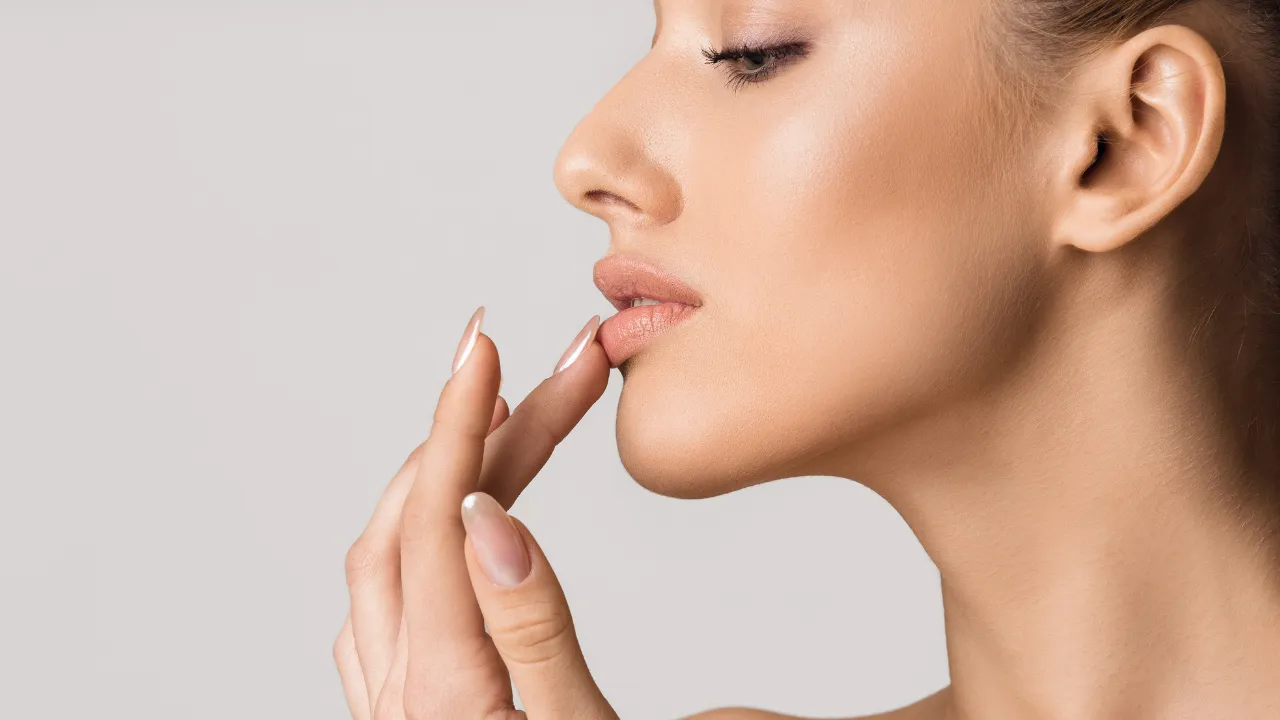Fat pads under the eyes are a common concern that can make the face look tired or aged.
At Kopelman Aesthetic Surgery, Dr. Joel Kopelman offers precise evaluation and treatment options to address these changes, helping patients restore a refreshed appearance. His expertise ensures every recommendation is based on proven, safe, and effective methods.
Table of Contents
ToggleKey Takeaways
- Fat pads under the eyes, or orbital fat prolapse, can be caused by aging, genetics, lifestyle factors, or fluid retention.
- Mild cases may improve with lifestyle changes, eye creams, and non-surgical treatments like laser for under-eye bags or fractional CO₂ laser.
- Severe cases often require lower eyelid blepharoplasty to reposition or remove excess fat.
- Recovery is immediate for non-surgical options and about 1–2 weeks for surgery.
How to Get Rid of Fat Pads Under Eyes
Managing under-eye fat pads starts with identifying their cause. For mild cases, lifestyle changes and targeted skincare can help reduce swelling and improve skin texture.
Eye creams with ingredients that constrict blood vessels and support skin elasticity can temporarily improve eye puffiness. For patients interested in topical options, exploring the best eye cream for eye bags can provide supportive care.
When structural changes to skin and muscles are the cause, surgical procedures such as eyelid blepharoplasty may be needed. Dr. Kopelman advises patients to seek a tailored approach that addresses both appearance and underlying causes for lasting results.
What Are Fat Pads Under Eyes?
Fat Pads Under Eyes Medical Term
The medical term for eye fat pads is “orbital fat prolapse.” These are natural cushions of fat beneath the eyes that can shift or bulge due to changes in the skin and muscles.
Are Fat Pads Under Eyes Good or Bad?
In youth, fat pads help protect the eye and support facial structure. With the ageing process, they can protrude, causing bags under the eyes or dark circles that many find undesirable.
Causes of Fat Pads Under Eyes
Aging and Skin Changes
As the skin loses elasticity and the supporting muscles weaken, orbital fat can push forward, leading to visible bags under your eyes.
Genetics and Family History
Some people naturally have a prominent fat pocket under the eye, inherited from their parents. This may appear even at a younger age.
Lifestyle and Environmental Factors
Fluid retention from high salt intake, alcohol consumption, or lack of sleep can worsen under-eye fat pads. Keeping the head elevated during sleep may reduce swelling.
Preventive care can slow the development of under-eye fat pads. Wearing UV-protective sunglasses and applying sunscreen daily helps protect the skin’s elastic properties from sun damage.
Managing allergies through prescribed medication or saline rinses reduces swelling from sinus congestion. Maintaining a balanced diet with minimal processed salt and alcohol consumption can help control fluid retention around the eyes.
Non-Surgical Fat Pad Treatment
Treatment by Severity
The choice of treatment often depends on how advanced the fat pads under the eyes have become. Mild puffiness from fluid retention may respond well to lifestyle changes, targeted eye creams, or non-invasive devices. Moderate bulging may require a combination of in-office treatments and home care for the best results.
Dr. Kopelman tailors his recommendations to ensure that the treatment matches the patient’s degree of change and overall goals. Patients considering alternatives may also explore non-surgical blepharoplasty for subtle improvements without downtime.
Surgical Treatment for Fat Pads
Fat Pads Under Eyes Surgery and Removal
For significant under-eye fat pads, surgical procedures are the most effective solution.
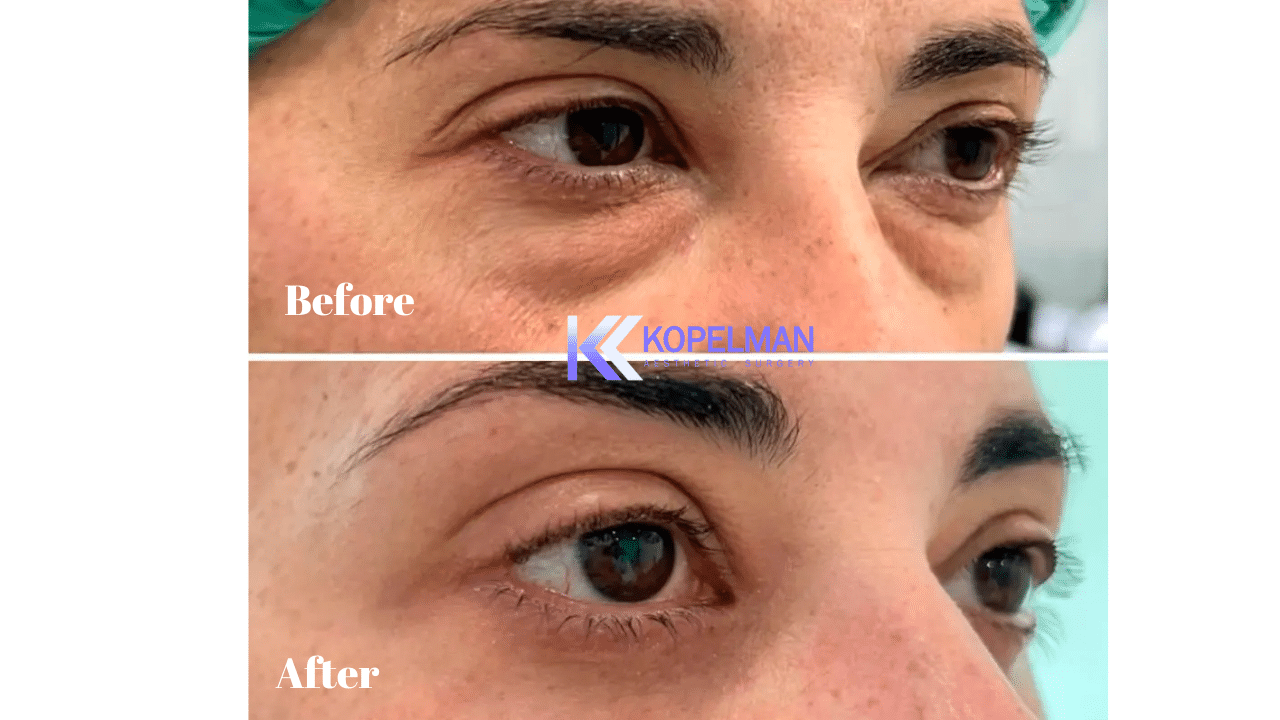
Lower Eyelid Blepharoplasty
This eyelid surgery involves repositioning or removing excess fat pads and tightening the skin for a smoother contour. Patients often research blepharoplasty recovery to understand healing timelines before committing to surgery.
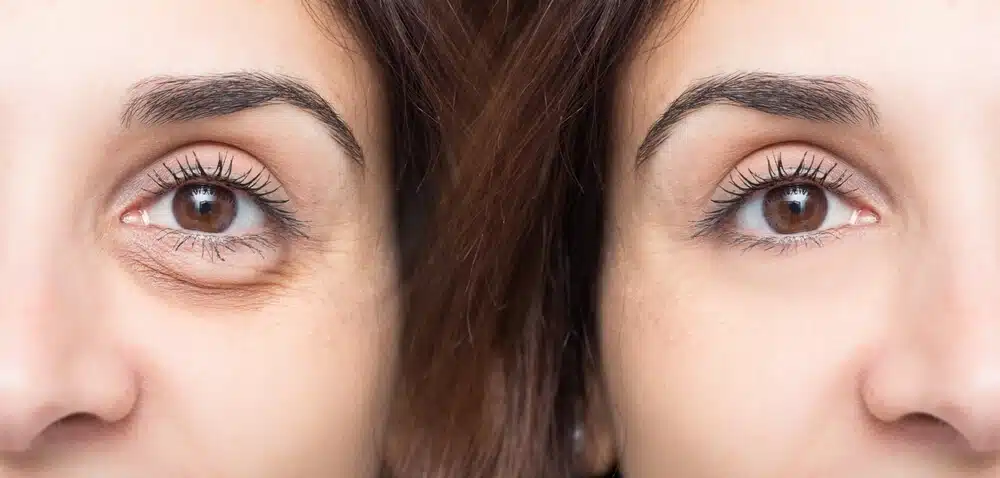
Fat Repositioning vs. Removal
Repositioning preserves natural volume while smoothing contours. Removal eliminates excess fat but must be balanced to avoid hollowing.
Choosing the Right Option for You
The right treatment depends on the severity of the fat pads, overall skin quality, and personal goals. Consulting with a board-certified surgeon such as Dr. Joel Kopelman at his plastic surgery clinic ensures a safe, effective plan tailored to your needs.
FAQ About Treating Fat Pads Under Eyes
How long does recovery take?
Most non-surgical treatments allow patients to return to normal activities immediately. Surgical recovery generally requires 1–2 weeks before swelling subsides enough for social activities.
Will the results be permanent?
Surgical results can last many years, but natural aging will continue. Non-surgical results are temporary and may require maintenance sessions.
Can fat pads return after treatment?
If caused by lifestyle factors such as fluid retention or weight changes, fat pads may reappear over time. Following aftercare guidelines and maintaining healthy habits can help extend results.

